|
A running 'blade' is something that many of us see in the Paralympic Games: beautiful prosthetic feet that resemble gazelle legs flashing before our eyes. A 'blade' prosthetic foot is specifically designed to compress and store the runner's energy, only to then release that energy in a strong forward thrust at toe-off. You'd likely find that the energy return is too much 'bounce' for everyday use. Amazingly, prosthetic limbs that are designed for specific recreational activities are not covered by most insurance companies. As a result, runners have to pay out-of-pocket or hope for charity funding. There is a moment nowadays called So Every BODY Can Move, which is seeking legislation that will, among other things, ensure insurance coverage for recreational prostheses. After all, movement is medicine. I created this artwork to mark the start of April's National Limb Loss and Limb Difference Awareness Month. What does this month mean to you? For me, it means amplifying the voices of people who live with limb loss and limb difference, as well as finding ways we can advocate on issues that affect us. Want to find a way to get involved? I highly suggest you contact the Amputee Coalition to find out how you can help raise awareness and create change. This is a time-lapse video of my illustration, as drawn in Procreate. I love creating characters and images out of thin air and watching them come to life before me. They change so much as the drawing progresses - I love the evolution of the character. As I draw tiny details, like the leaves here, I let my mind wander. You'll notice, though, I did import an image of a runner so that I could get the components as accurate as possible. He makes a quick appearance - can you spot him?
0 Comments
I have his eyes and a deep longing for the sea.
Buoyant when it holds me down, this magnificent weight clinging to me. Oh my machine, it's been you and me for a long time. Buoyant when I held you down, your girl not knowing if she's this or she's me. Oh my machine, we got our kicks from grins and the cold stares from boys at the beach. Buoyant when they held us down. Oh grandfather, I wish that you had met me. I have his eyes and a deep longing for the sea. If only you could hold me now, A fisherman and a woman, part machine. Music and lyrics copyright Jennifer Latham Robinson I've practiced yoga in two short bursts. My husband and I took a few classes together, probably around fifteen years ago. Then, when I was pregnant with my second child, I took prenatal yoga. I've done it with and without my prosthesis. Although I don't follow it now (but should), I occasionally dabble. As marvelous as my prosthesis is, there's also a sense of liberation in moving without its mechanics.
Regardless of whether I wear my prosthesis or not, I'm the same person. I'm the same person on crutches. I'm the same person in a wheelchair. While these may seem like obvious statements, the method of your mobility can profoundly affect how you engage with the world. I'm currently nursing a hip injury on my 'good leg,' so I'm using my wheelchair much more. I find there's a lot more strategizing involved when I'm in my chair. I'm picturing a restaurant... Are there stairs to that outdoor seating we usually love? Am I entering into a pub table/stool nightmare scenario? Even though the way my body moves and how I interact with the physical world may change with my mode of mobility, I am still me. It's actually quite reassuring to remember that.
I had been simmering on this book idea for a while. I've met a lot of older people new to limb loss who wonder how the young people in their lives will react. I was born with a birth anomaly called proximal femoral focal deficiency (PFFD), which resulted in incomplete formation of my hips and femurs. I had an amputation when I was a toddler and have been wearing an above the knee prosthesis since that time. My path is very different than the path of an older person who experiences amputation later in life. At the end of the day, though, we are both living with limb differences. We both encounter young people who have questions.
The grandpa teaches the granddaughter two main lessons. The first lessons is how to approach a nervous chicken. Fear is contagious and tone matters. The second lesson involves an old cracked that still works just fine. There is beauty and purpose in who we are and how we are. I'd love to think that a parent or grandparent will be cuddled up with a child, reading this simple story and talking about the illustrations. I wonder what kind of questions will come up. Will the child even notice the prosthesis? Will this help open up a discussion in a gentle way?
Drawing has always been a part of my life. I come from a family of artists. I remember when my brother, Billy, showed me how to draw a three dimensional mermaid tail with pencil. That took some practice... lots and lots of mermaids. I loved watching my mother design dolls, drawing out the body patterns, sculpting the faces, sewing the elaborate clothing. When I visited my Abuelita in Miami, I would marvel at the tiny wooden dollhouse furniture she carved, complete with the most delicate miniature hand crocheted blankets and table covers. There were artists in my neighborhood too. I remember the day I learned about foreshortening. I was sprawled on the sidewalk with a chunk of pine bark in my hand, struggling to sketch a horse on the cement. Like most young kids, I drew four rectangular legs, all the same size, jutting out from the horse's belly. Our neighbor, Mr. Gonzalez, walked by and told me, "If you draw lines here," he pointed, "and make these two legs shorter, it will look like a real horse." He was right. Art was all around me, but what was lacking in the 1980s were images of kids like me... kids with limb differences. That was before the Internet and the only amputee I'd ever seen on TV was Terry Fox, the Canadian athlete who embarked on a cross-Canada run to raise money for cancer research. I don’t remember having ‘fun’ watching that movie. As a little kid, I thought it was sad. Important, but still pretty sad. Like most kids, I drew what I knew. I drew mermaids, thanks to Daryl Hannah in Splash. I drew monsters, thanks to Ray Harryhausen's Clash of the Titans. And I drew kids with one leg. It felt so good to see those one-legged characters staring back at me. Drawing people with limb differences became ‘a thing’ for me. No matter how my style or the medium changed, this theme would remain a constant thread in my artwork. As a young adult, I became more interested in how writers and illustrators approached the issue of disability in children’s books. My 1999 college senior thesis (I'm dating myself now) explored the representation of children with disabilities in children's literature. That was the first time I attempted to write an original story with a one-legged character. Soon after college, I began working in the prosthetic and orthotic field. It was then that I realized the importance of using artwork to help educate patients, families, and those around them. Though Just Like Us: A Coloring Book Celebrating Children with Limb Differences was only published in recent years, I drew most of those images in 1999. It’s funny when life comes full circle. I feel like the little 1980s me would be really happy about what I’m doing. |
Details
AuthorMy book ideas come from personal experience and countless conversations with other individuals and colleagues. Archives
March 2024
Categories |
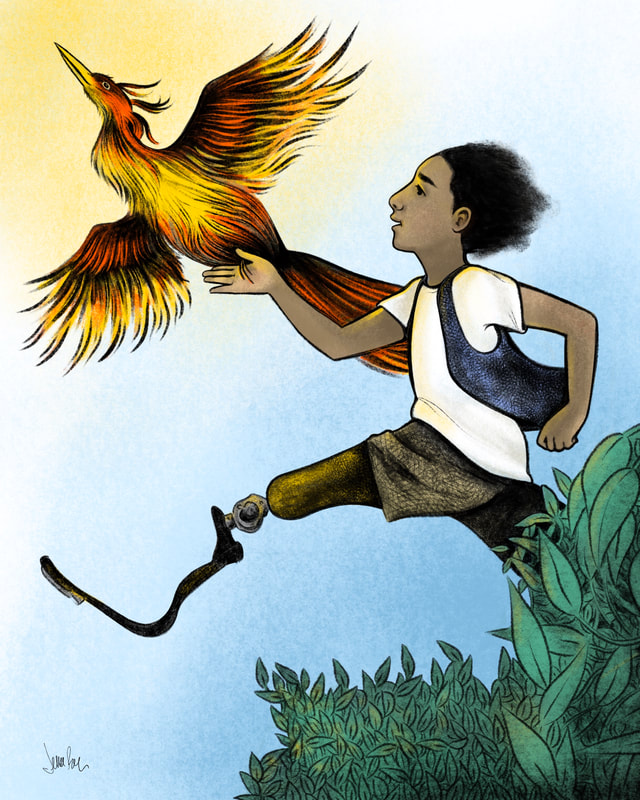
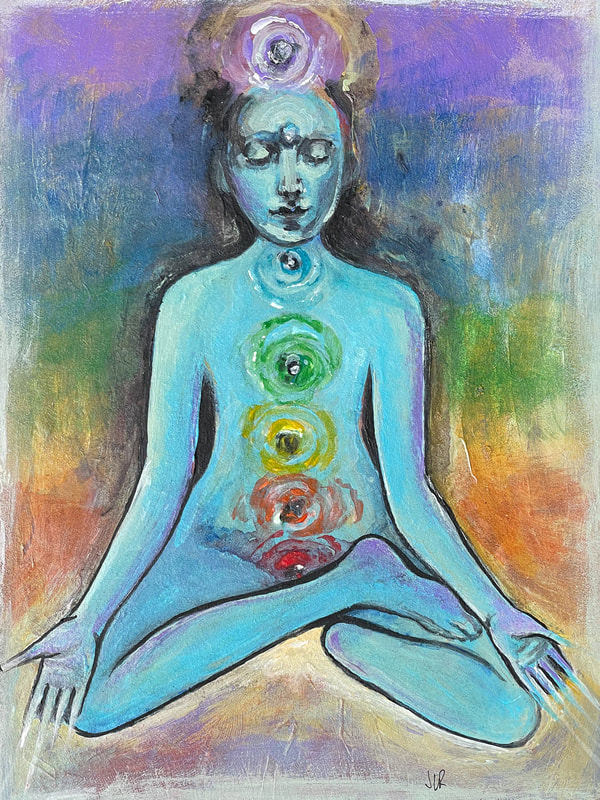
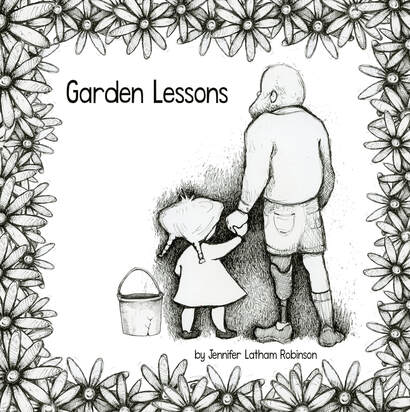
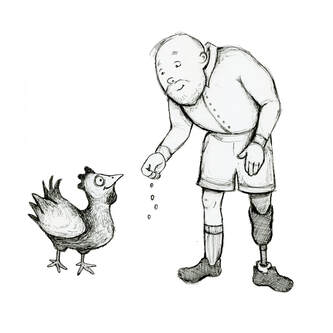
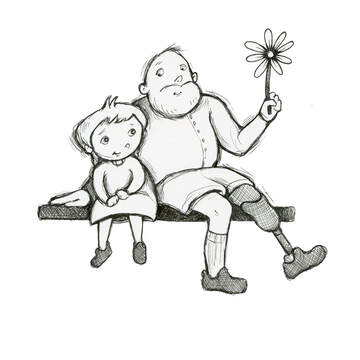
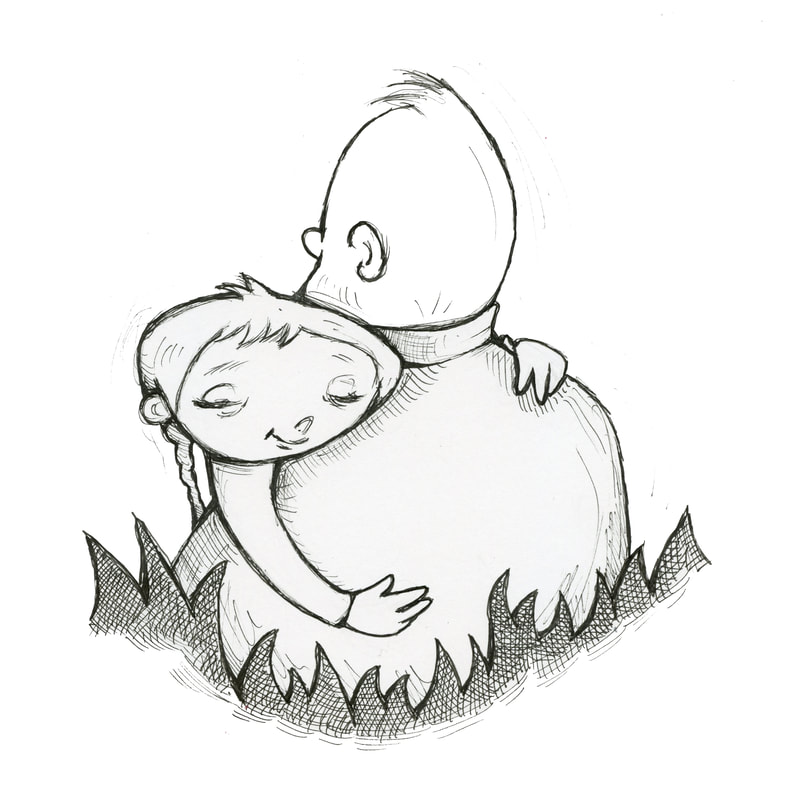
 RSS Feed
RSS Feed